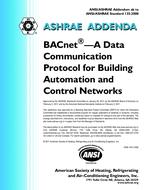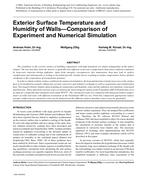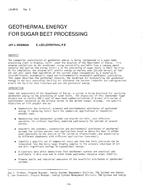In order to be rewarded for environmentally conscious design and construction, the United States Green Building Council’s (USGBC) LEED™ rating system (USGBC 2002) requires that all buildings and structures satisfy a required commissioning process that, in the words of the USGBC, is intended to “verify and ensure that fundamental building elements and systems are designed, installed, and calibrated to operate as intended.†This concept, which arguably is nothing more than a broadly worded restatement of what we already know to be good design practice, has taken on added significance in the context of environmentally conscious, or “sustainable,†design. This is particularly true with regard to the effects of uncontrolled rainwater penetration and moisture ingress at the building envelope. Proper selection, use, and integration of the materials, components, and systems that compose the building envelope are critical to the long-term durability and performance of any building or structure and, as such, should be fundamental to the mission of the USGBC and the commissioning process required to achieve a LEED rating.
This paper will expand upon our findings (Lemieux and Totten 2004) on one award-winning example of sustainable design in the United States to explore how a more formal LEED commissioning process for the building envelope could arguably have changed the outcome of this project. Specifically, we will briefly discuss how issues related to material selection, interface detailing, and construction combined on this project to adversely affect the durability and performance of the building envelope, followed by a proposal to enhance the LEED commissioning process to include a more formal building envelope commissioning program. As currently written, the LEED reference guides and rating system do not provide a structured outline for building envelope design and construction, an area of practice that, by some estimates, accounts for up to 80% of construction litigation in the U.S. each year (Lemieux and Driscoll 2004).
Citation: Thermal Performance of Exterior Envelopes of Whole Buildings IX
Product Details
- Published:
- 2004
- Number of Pages:
- 12
- File Size:
- 1 file , 5.4 MB
- Product Code(s):
- D-BldgsIX168


